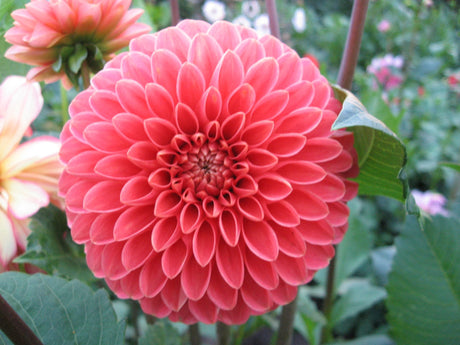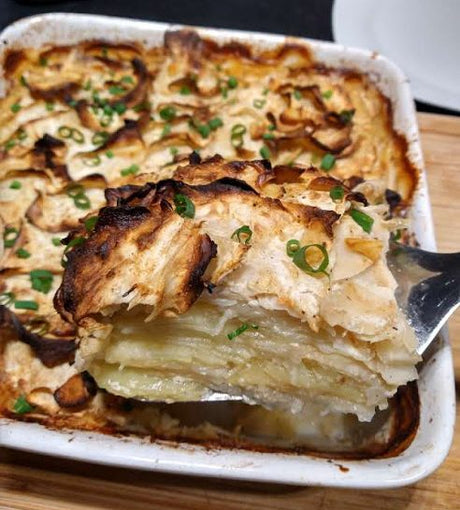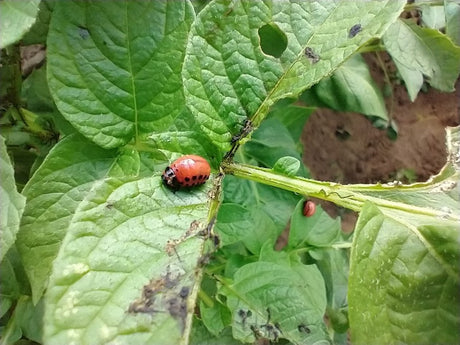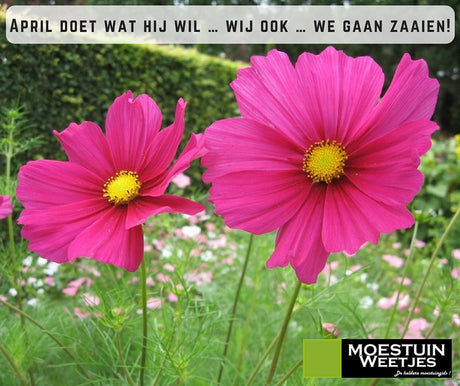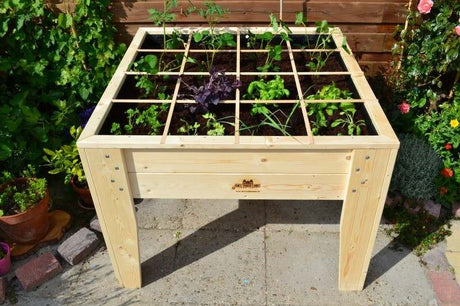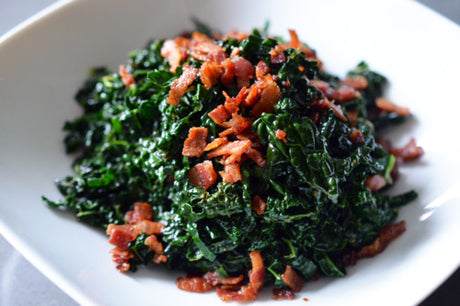You probably know the feeling. You harvest wheelbarrow after wheelbarrow of vegetables from your vegetable garden between July and October. Beads of sweat form on your forehead and your smile bridges the gap between your ears. But what then? Eating, of course, and especially sharing. Making friends and acquaintances happy; you're welcome everywhere with fresh, organically grown vegetables. What else would you do with them? Space in your refrigerator, freezer, and storage space is limited. Fresh produce only stays fresh for a few days. By preserving vegetables, however, you can preserve them much longer and make the most of your harvest.
Want to preserve your fantastic homegrown vegetables but don't know exactly where to begin? That's great! I've done some research and am happy to share the fundamentals I've learned. This overview of preserving and preserving vegetables will definitely help you get started. Later, I'll also cover other fantastic preservation techniques such as fermenting, freezing vegetables , drying food , pickling, making tea, and more.
Table of Contents:

Fresh as a whistle, you won't believe your taste... on February 18
But what if you found a way to preserve your vegetables without losing their flavor and without having to store them in the refrigerator or freezer? Those same vegetables, so incredibly satisfying, can easily be kept for a whole year or longer with a very simple method. Preserving allows you to enjoy your harvest longer. And when you can serve your homegrown beets, carrots, or tomatoes super fresh again in December... that same smile from that moment with your wheelbarrow a few months earlier will surely come back. Moreover, pickled vegetables are not only delicious, but also healthy.
Why preserve vegetables?
Preserving vegetables is truly reaping the rewards of your own labor. When we're inundated with fresh tomatoes, zucchini, or beans in summer and fall, we don't just take that bounty for granted. By getting our hands dirty and preserving vegetables, we cherish that harvest for months, bringing a little bit of summer to the table any time of year. It's not only smart to combat food waste, but also a delightfully artisanal activity: we know exactly what's in our jars and preserve all the vitamins and minerals we've worked so hard for. What's more, we make it the old-fashioned, natural way—without artificial additives or fuss. This way, we enjoy the pure flavor of our own vegetables all year round, straight from our garden to our pantry. Whether we're preserving tomatoes, canning beans, or storing zucchini—with every jar full, we extend the life of our own harvest and our hard work, and that's something we can be justifiably proud of!
There are many reasons to pickle your vegetables, and I mentioned earlier that it preserves their flavor better. One reason is that you pick your vegetables ripe. Vegetables for the supermarket are rarely picked perfectly ripe because they often need to be marketable for a few more weeks.
The fact that you can preserve your hard-earned vegetables outside the refrigerator or freezer is also a major advantage in terms of space and energy consumption. The longer you eat from your own garden, the cheaper and more environmentally friendly it becomes. Food waste is also minimized if you have an easy way to preserve your vegetables. Consider making pickles, for example: a simple and tasty way to preserve surplus seasonal vegetables. An advantage of preserving vegetables over other preservation methods like freezing is that they last much longer and consume less energy. Red onions, for example, are a popular pickled vegetable that not only extends shelf life but also adds a rich flavor to your dishes.

Snowball onions, hot tomato peppers, cherry tomatoes and radishes in 50% water 50% vinegar
A little history of canning vegetables
People have been preserving food for ages. The first techniques were drying, smoking, fermenting, and packing in fat. Later, vinegar brines, jam, and pickling in alcohol were added. Yet, none of these approaches resulted in reliably preserved food. There was always a certain risk of spoilage. Since ancient times, humans have tried to outsmart nature by finding ways to preserve nature's own food for longer.
In the late 1700s, Napoleon Bonaparte was searching for a way to reliably preserve food for his troops, and so he offered a cash prize to anyone who could devise a superior method. After much experimentation, a French chef, Nicolas Appert, discovered the packaging, heating, and sealing technique we use today, known as pickling. Spoilage in fruits and vegetables occurs not only from external influences, such as bacteria and mold, but also from within, through natural enzymes and processes within the plant itself.
Home canning became increasingly popular in the late 1850s, when John L. Mason invented the first reusable screw-top jar. Canning techniques gradually improved, and in 1915, Alexander H. Kerr developed the two-piece canning lid we call "canning" today.
Benefits of Canning Vegetables
Preserving vegetables opens up a world of possibilities for us gardeners! We can cherish our fresh harvest for months and enjoy the pure flavors we've grown ourselves. By preserving naturally, without all kinds of artificial additives, that authentic vegetable flavor remains completely intact – pure nature on your plate. And what a joy it is to experiment! We throw in some mustard seeds, mince some garlic, or sprinkle herbs to our heart's content. Each jar becomes a unique work of art, created entirely to our own taste. Moreover, preserving is often such a wonderful time together – working with family and friends, laughing and messing around in the kitchen. It's pure joy to create together and later savor what we've made. By preserving, we ensure we always have something delicious and nutritious at our fingertips, ready to serve whenever the mood strikes.
Preserving vegetables is not the same as canning vegetables
The terms "pickling" and "canning" are often confused. However, they are two methods for preserving food for extended periods. Canning involves adding a preservative, such as sugar (jam or preserves), vinegar (pickles, or a combination of sugar and sweet/sour), alcohol (liqueur), or water. When canning in water, it's important to use the correct amount of water per ml, ensuring the correct ratio of salt or acid for safe preservation. You can layer vegetables and spices in the jar for better distribution and to create an acidic environment that promotes shelf life.
Preserving is immersing food in a canning pan or kettle for a certain period of time, in specially designed jars. These can be special preserving jars , which are sealed with a rubber seal and a lid (and with clips during canning), or suitable jars with screw caps .



